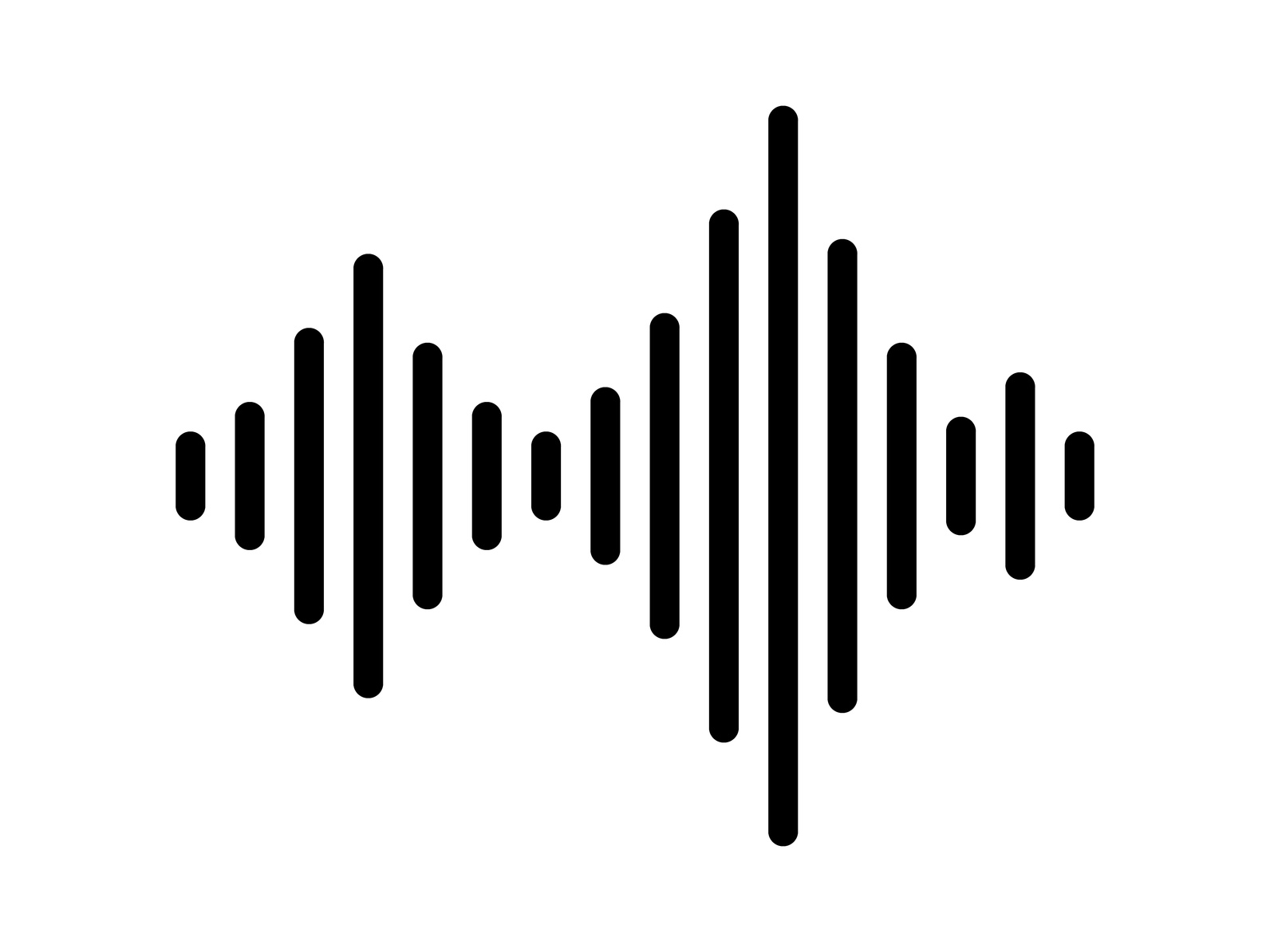
Binaural beats can also help reduce anxiety, which can then lead to improved sleep. In study of soccer players listening to binaural beats ranging from 2 Hz to 8 Hz, players reported improved quality of sleep, less sleepiness, and increased ease of waking up. Other small studies indicate the potential of binaural beats for better sleep. Stage three sleep is deep sleep and important for feeling refreshed in the morning. As a result, the use of binaural beats lengthened stage three sleep. A study using binaural beats at a delta frequency of 3 Hz showed that these beats induced delta activity in the brain. Preliminary research suggests that binaural beats can help you sleep better. Listening to binaural beats at delta frequencies can help you sleep.Ĭan Binaural Beats Help You Sleep Better? As you transition into deeper sleep stages, your brain switches from theta waves to delta waves.

These waves have a frequency between 0.5 Hz and 4 Hz. Delta (δ) pattern: The slowest brain waves are delta waves.Studies show that listening to binaural beats at a 6 Hz frequency can induce a meditative state. Theta waves are also associated with drowsiness and meditation. Theta (θ) pattern: During stage one of sleep, which is the lightest stage of sleep, your brain produces theta waves at a frequency between 4 Hz and 8 Hz.Research shows that binaural beat stimulation in the alpha range can increase creativity in some listeners. Alpha (α) pattern: Ranging between 8 Hz and 13 Hz, alpha waves indicate a relaxed and restful mind.Other research has shown that listening to binaural beats at 15 Hz improves memory and accuracy. Listening to binaural beats in the beta wave pattern has been shown to improve mood and task performance. Higher levels of beta waves are also associated with anxiety. These waves in the brain are linked to an active and alert mind. Beta (β) pattern: Beta waves range between 13 Hz and 30 Hz.A small study found that people listening to binaural beats at gamma frequencies of 40 Hz experienced improved memory, cognition, and even mood. This type of brain activity is associated with alertness, concentration, and problem solving. Gamma (γ) pattern: Gamma waves are the highest frequency of brain activity between 30 Hz and 50 Hz.Each frequency is associated with outcomes that correspond to different levels of brain wave activity. What Can Binaural Beats Do?īinaural beats can be created at different frequencies.

As a result, binaural beats can alter your brain wave activity as well as your levels of arousal.

When binaural beats are sustained over a period of time, they can synchronize with your brain waves. If you take out one of your earbuds, you’ll no longer hear the binaural beat. To hear the binaural beat, you must have sound coming in each ear. This creation of a third sound is caused by the same part of the brain that helps you determine the location of a sound. When each ear hears a tone at a slightly different frequency, your brain tries to compensate by creating the perception of a third sound. The binaural beat can be heard if the frequency of each tone in your ears is less than 1000 Hz and the difference between the two tones is less than 35 Hz. You hear it at the frequency difference between the two tones.įor example, if you listen to one tone at 300 hertz (Hz) and the other tone at 310 Hz, the binaural beat you hear is at 10 Hz. This third tone is called a binaural beat. If you listen to two tones, each at a different frequency and each in a different ear, your brain creates an additional tone you can hear. Binaural beats are a perception of sound created by your brain.


 0 kommentar(er)
0 kommentar(er)
